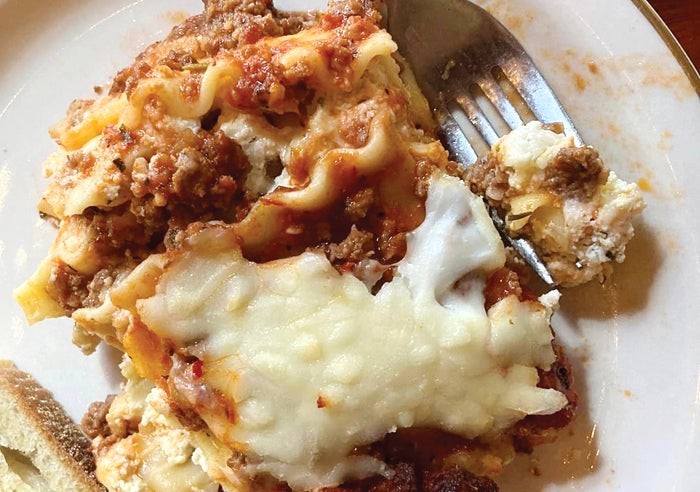Magryta column: The bitter truth about sugar
Published 12:00 am Wednesday, May 16, 2012
By Dr. Chris Magryta
For the Salisbury Post
Why do we care about sugar?
I promised a follow-up article to the May family challenge to eat more healthfully, so here it is.
We all are paying more attention to the effects of our lifestyle choices on our health. The primary lifestyle choice that is killing us is the extra consumption of sugars.
Fructose is a natural sugar found in fruit, honey and root vegetables. Historically, we consumed fructose via these natural whole foods. Since the 1970s we have had a major rise in fructose consumption primarily in beverages. We have been increasing our consumption of fructose in juices and sweetened drinks like soda, energy drinks and sports drinks. The advent of government-subsidized high fructose corn syrup (HFCS) has provided companies a very cheap source of sugar to sweeten beverages and processed foods. Cheap and sweet. Not a good combination for humans.
From the 2010 national health and nutrition examination survey, we observe data that Americans consumed around 24 grams of fructose per day in the 1970s. Now that number is in the 55 gram per day range. Adolescents take the prize at more than 70 grams a day — or 17 teaspoons a day!
This is a bolus of calories, but this is not the whole story.
A major factor in the “diabesity” epidemic is the exposure to fructose, alcohol and certain protein-derived amino acids. I want to focus on fructose here.
How does the body see fructose?
The liver is the location for the metabolism of fructose. The majority of ingested fructose goes to the liver. In the liver, the fructose is metabolized to fat without the control of insulin. This is not good. The body likes to control the metabolic system through feedback loops that shut off when calorie/sugar/fat contents are sufficient.
Fructose directly turns on genes that increase fat deposition! Why would this be? Let’s look at gorillas. They gorge on fruit during the natural fruit season in the fall in order to produce fat for the long winter. This is sort of like a polar bear gorging on seals in the fall to survive the winter. Nature has a plan. Where does it go wrong?
Humans!
We take seasonal fruit and make them year-round fruits. We make juice and demand that children get juice or milk in school when water is the best choice. We make HFCS and make it cheap and accessible all year long in soda and beverages. Oops. We have just produced a mismatch of the perceived environment, a genetically predisposed seasonal fruit metabolism style with fructose exposure all year long.
Fructose also decreases the enzyme lipoprotein lipase. This keeps fat particles in the circulation. Couple this with an effect on increasing genes that promote glucose production and liver glucose release. End result is hyperglycemia and the development of type 2 diabetes.
So fructose used to be useful during periods of feast and famine. Not anymore. Nature always has a plan.
And this is not the end of the story.
Fructose also is a well-known driver of reactive oxygen species (ROS) formation. ROS are chemically reactive molecules that have an unpaired electron. Dr. Nagy has a great analogy for ROS. Imagine a single guy being invited to a couple’s party. He doesn’t care whom he hooks up with as long as he does. In the cellular world, the electron will attack any cell and cause stress and damage — like the single guy going after your wife.
Now that the case for fructose has been laid out, what do we do?
Obviously, the first thing to do is to reduce and preferably eliminate sugar-laden beverages including juice. In my house we use five ounces of soda water mixed with one ounce organic pure juice as a beverage. No soda or sports drinks period. We drink mostly water or unsweetened teas.
Second, reduce how fast the sugar is absorbed by adding fiber to your diet. The best sources of fiber are sweet potatoes, vegetables, beans and whole fruit. Adding fiber to every meal is a brilliant idea to reduce blood sugar spikes.
Third, exercise more to burn sugar so that it can’t be used to make fat.
Fourth, increase the intake of bright-colored vegetables and fruits, which contain natural chemicals to reduce the burden of ROS. Spices, dark chocolate, nuts and berries have very high ORAC (antioxidant strength) scores.
For further understanding, I would encourage the viewing of Dr. Lustig’s webinar. http://www.sugarshockblog.com/2009/09/sugar-the-bitter-truth.html.
Dr. Christopher Magryta is a pediatrician with Salisbury Pediatric Associates.





